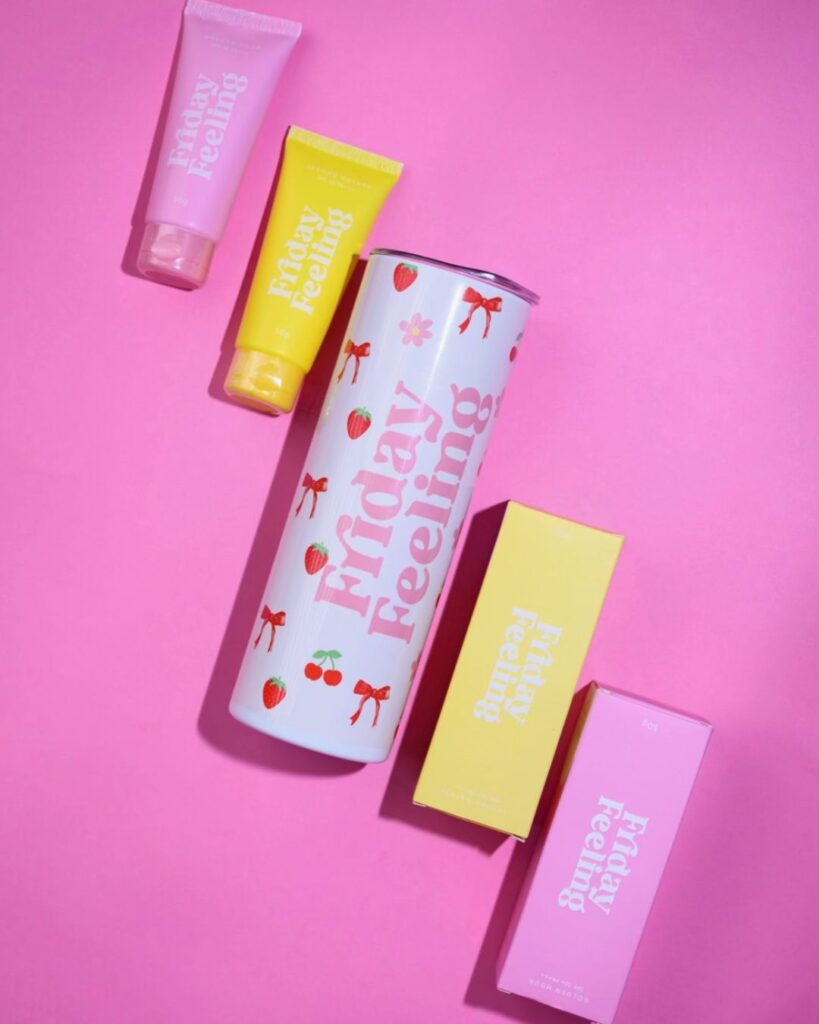A tale of popular art, patriotism, and brilliant marketing.
- Culture & Travel
The Glorious Matchbox Art of Vintage India
- ByRadhika Bhalla

Courtesy: Pinterest
This is the story of how the humble matchbox from Sweden helped in india’s independence, spread mythological motifs, and became one of the biggest marketing tools of the early 20th century.
Yes, the matchbox.
But first, a look at how the matchbox came into being in the first place.
The first “safety match” was discovered in 1844 by Swedish chemist, Gustaf Eric Pasch. It was later developed by the Lundström brothers, who applied for a patent for the phosphor-free fire-starters.
The matchstick was introduced at the World Expo in Paris 1855, and they instantly became a huge sensation. Naturally, it spread like wildfire, quite literally, across the world…as colonising nations introduced matchsticks to the countries they ruled.



Indian women and kings, mythological figures and animals were included… And over time, these matchboxes began to be manufactured in India, in Bengal and South India. Around the same time, there was a rallying cry for independence in colonial India…and the matchbox became the quickest and most effective way to spread patriotic fervour amongst millions of Indians…


The themes of the matchbox covers now changed… on them, new prints emerged of important political leaders like Mahatma Gandhi, Swami Vivekanand, and Shahid Bhagat Singh.
Even the popular imagination of ‘Bharat Mata’ and the lady at the charkha, synonymous with self-reliance, began to be portrayed.


Indian arts and crafts were celebrated, too—from musical instruments to nautch girls, and everyday objects like the postbox, quill, playing cards, and even diamonds…
And that is how the matchbox cover started out as a marketing tool, but became the country’s biggest canvas for art and nationalistic fervour.


READ MORE
- Don’t Be Late to Meet Katrina Kaif…
- This Homegrown Beauty Brand Cares About Science and Your Skin
- From Exquisite Tea To Handcrafted Textile And Plantation Furniture: Makaibari’s New Experiential Bungalow Is A Serene Retreat
- Tara Sutaria Hoards Candles, Listens to ’50s Music, and Cries When She’s Happy
- Zurich FIVE in Switzerland is the Celebrity Resort You Need to Visit





